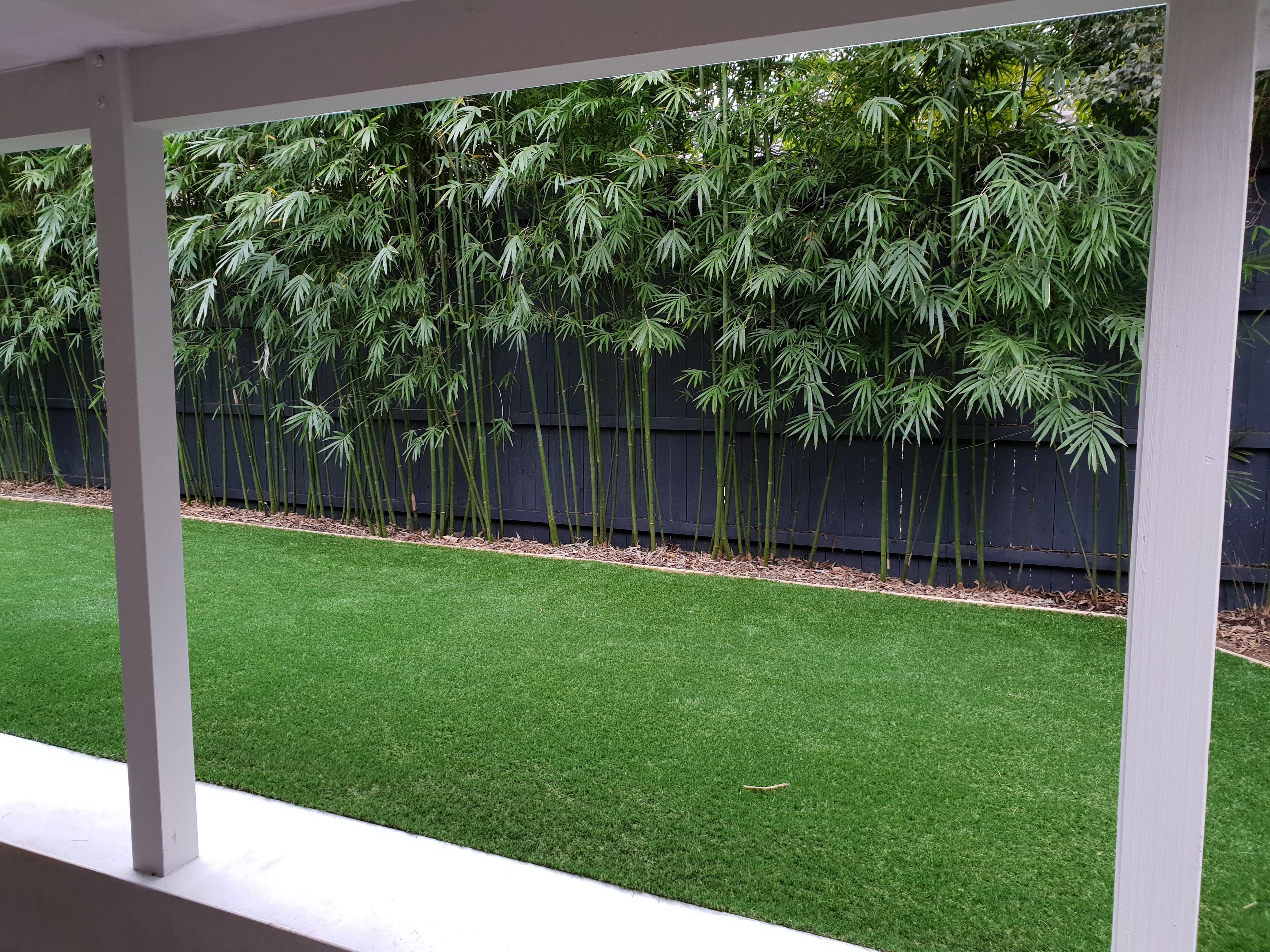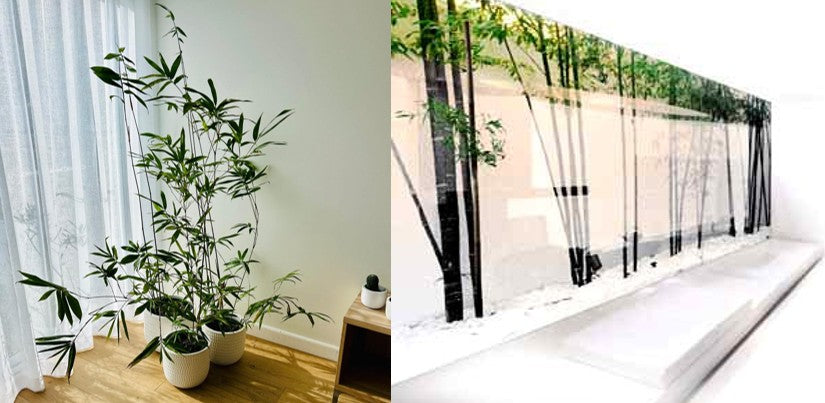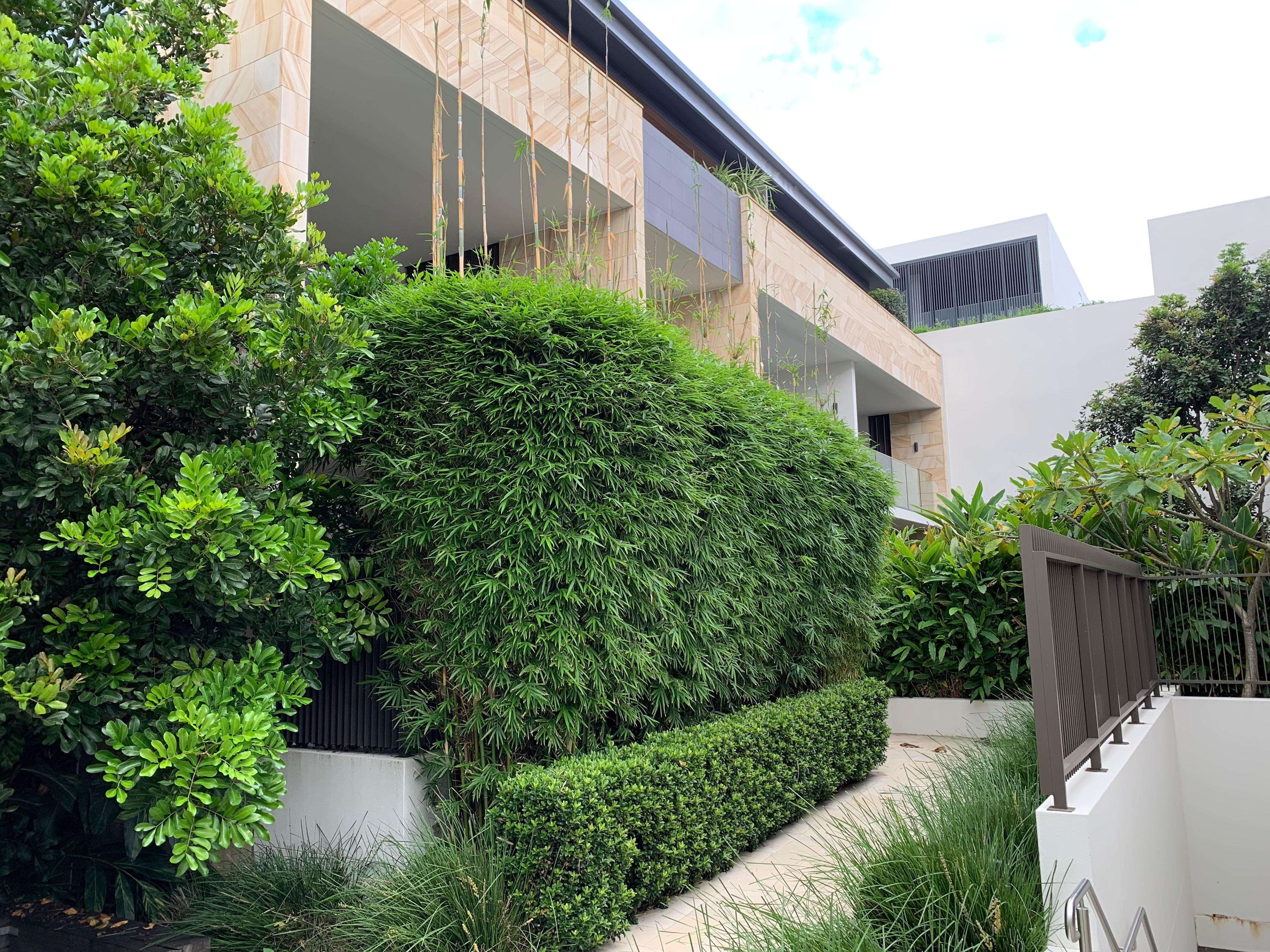Mr Bamboo (Est. 1991) Online Only
Fresh, premium bamboo grown on our NSW Mid North Coast propagation farm, delivered direct to your door in Sydney

Fast-growing bamboo hedging to hide the neighbours, naturally.

Single Story, typical heights 2 to 4m (tap to view range)

Double Story, typical heights 6 to 9m (tap to view range)

Multi Story, typical heights 10m plus (tap to view range)

Alfresco aesthetics (tap to view range)

Need help beyond delivery?
We offer optional services to support your bamboo care:
• Installation
• Maintenance
• Removal
For over 30 years, our nursery in Terrey Hills was home to premium bamboo and expert advice. Today, we continue online, offering the same quality and care, with bamboo grown on our NSW Mid North Coast farm and delivered direct to your door.

Fast, Reliable Delivery
• Sydney metro: average delivery is $99, typically within a few days of ordering
• Quotes available for Newcastle, Central Coast, and regional NSW
• All bamboo is grown on our Mid North Coast farm and delivered fresh, direct to your door
ABOUT US
Our story began in 1984, when founder Greg returned from a study period in Japan, inspired by the elegance and discipline of bamboo culture. Time spent at the Kyoto Botanical Gardens and Kyoto Rakusai Koen sparked a lifelong mission: to make bamboo safe, sustainable, and suited to Australian gardens. Greg’s early work included study and correspondence with Ueda Koichiro, a Living National Treasure of Japan renowned for his bamboo craftsmanship. While bamboo in Japan is rarely used as a suburban privacy screen, Greg saw its potential in Australia’s more generous landscapes and set out to make it practical and responsible.
Today, we focus exclusively on non-invasive clumping bamboo, the safest choice for in-ground planting. Whether you're creating a tranquil retreat or a natural privacy screen, we’re here to help you grow a beautiful, well-behaved bamboo garden.
Bamboo Care & Growing Guide
Bamboo Care Guide
SOIL & PLACEMENT bamboo prefers a quality, free-draining soil (~6.0 pH), ideal spacing is 1.0m apart.
WATERING initial phase is Daily (first 6–8 weeks) to keep soil consistently moist, especially in warm or windy weather. Established plants can tolerate dry spells but thrives with regular watering such as every 2-3 days or as needed.
FEEDING Feed with organic or slow-release fertiliser in spring & early summer. Liquid seaweed can boost colour and growth. Minimal feeding is required in winter. Light, frequent feeding is better than heavy doses.
MULCH helps moisture retention and is a natural weed suppression. Apply about 50mm layer around the base of bamboo. Avoid direct contact with stems to prevent rot.
Planting bamboo in the ground (clumping)
1. Choose the Right Bamboo Type
a) Small Clumping Bamboo (1-2m tall) stays compact where you plant it, root barrier not required.
b) Medium Clumping Bamboo (3-8m tall) can spread up to 1.5–2m across. If planting near a path or boundary, install a root barrier tight against the bamboo to manage spread.
c) Large Clumping Bamboo (12m+) very strong rhizomes that can crack masonry. Keep at least 2 metres away from walls or concrete structures and use a 600mm deep root barrier.
For all barrier installations, use HDPE (High Density Polyethylene). Bury to 500mm depth, leaving 100mm above ground. Face the smooth side toward the bamboo.
2. Site Preparation
Ensure good drainage as poor drainage can kill bamboo. Avoid compacted clay. Instead, build a raised mound (about as high as the pot) using compost-rich soil. Remove turf or vegetation from the planting area and stake tall bamboo for wind protection.
3. Dig a hole larger than the root ball.
Add several inches of rich garden soil or compost (avoid raw manure or synthetic fertiliser). Position the bamboo slightly deeper than surrounding soil for extra support.
4. Backfill and watering
Backfill with loose, aerated soil. Minimise air pockets by tamping gently. As you backfill, hose in water to form a slurry which helps the root ball bond with surrounding soil. Create a shallow trench around the bamboo to trap water. Water thoroughly after planting and again the next day. For the first few months, concentrate watering on the original root ball until new feeder roots extend.
5. Mulching
Apply 50mm of mulch for water retention and the suppression of weeds. Fallen bamboo leaves will eventually enrich the soil beneath.
6. Fertilising
Only use organic fertilisers like compost and manure. Avoid synthetic fertiliser which can burn new roots.
7. Ongoing Maintenance
Daily watering recommended during first 6–8 weeks and after establishment, water every 2–3 days in warm weather. Medium and large clumpers may reach 1.5–2m wide. Thin out by removing older culms from the centre and edges using loppers or a reciprocating saw. Stake young plants until root system anchors them. On hot or windy days, shade young bamboo and keep roots moist to prevent culm overheating. Bamboo sheds leaves to conserve water during dry spells. Regular mulching and light feeding help maintain lushness. Compost and organic matter build long-term soil fertility.
Planting bamboo in pots (clumping or running)
Bamboo’s shallow roots make it ideal for container planting, but proper layering is key to keep roots healthy and drainage flowing.
1 Base layer (drainage), place a piece of drainage cell over the pot’s base to improve water flow and prevent blockages.
2 Filtration layer (coarse sand + fabric), add 50–100mm of course, washed river sand. Wrap or line this with geotextile fabric (or fine shade cloth) to keep finer particles out of the drainage. Choose the coarsest grade available for durability. Trim neatly so the fabric sits out of sight.
3 Root zone (potting mix), fill with 300–350mm of high-quality premium potting mix. This is the core growing medium for bamboo roots.
4 Top layer (mulch), finish with a layer of mulch, allowing roots to reach the surface while retaining moisture.
Planting bamboo indoors
With good light and proper care, bamboo thrives beautifully indoors. Here's how to help it stay healthy and vibrant:
Water & Drainage. Keep the root zone moist but well-drained, bamboo dislikes soggy roots. Use a saucer with small stones in water under the pot to gently increase humidity around the foliage.
Feeding & Foliar Care. Feed with a slow-release fertiliser that includes trace elements. Avoid overfeeding, too much can damage the plant. For an extra boost, mist the leaves fortnightly with a diluted tonic like Maxicrop or similar.
Ventilation & Freshness. Ensure there's adequate airflow, stale air invites pests. Clean dusty leaves by gently spraying with water.
Pest Management. Well-maintained indoor bamboo is naturally pest-resistant. Red Spider Mite is the most common indoor pest — it loves dry conditions. To control pests without chemicals, use trusted biological methods.
Trouble shooting
General Care Insight
Bamboo is hardy and adaptable. Most issues stem from watering, nutrient imbalance, or seasonal changes. With the right care, bamboo will bounce back, even when it looks lifeless.
1. Seasonal Leaf Drop & Regeneration
Natural Leaf Drop (Semi-Deciduous Behaviour). Many bamboo species in Sydney’s climate are semi-deciduous, they shed older leaves in late autumn and winter. This is not a sign of illness. It’s a natural process where the plant reallocates nutrients and prepares for new growth.
In winter, bamboo may appear sparse or even dead, but the rhizomes remain active underground, storing energy for spring.
2. Recovery in Growing Season
As temperatures rise in spring and summer, new shoots and fresh foliage emerge. To support regeneration apply slow-release fertiliser with trace elements in early spring, keep soil consistently moist, especially around the root ball. Top up mulch to retain warmth and moisture.
3. Bamboo Mites
Yellow blemishes, fine webbing under leaves. Fix with miticide or organic predators.
4. Annual maintenance is recommended.
Clumping or Running bamboo
Clumping bamboo doesn’t spread. Rather it grows like a tussock. New culms (stems) emerging each summer, around the perimeter of the clump.
Running bamboo rhizomes travel underground to emerge at a distance from the existing culms. We suggest using running bamboo only in pots.
Terms and Conditions
Consumer guarantee
We guarantee that our plants are healthy and free from major defects at the time of sale, match the description and photo provided. If a plant is found to have a major fault (e.g. disease, mislabelled species), customers are entitled to a refund, replacement, or repair. Refunds are not available for change of mind after purchase, incorrect planting, care, or environmental conditions (e.g. poor drainage, under or over watering, lack of sunlight), damage after delivery due to mishandling or neglect, natural variation in plant appearance such as cosmetic blemishes, size variation, growth rate, or seasonal behaviour. All plants are inspected before dispatch. Customers must notify us of any issues within 24 hours of delivery, with photos and in original pots or bags as supplied.
mr bamboo ABN 49 688 088 619